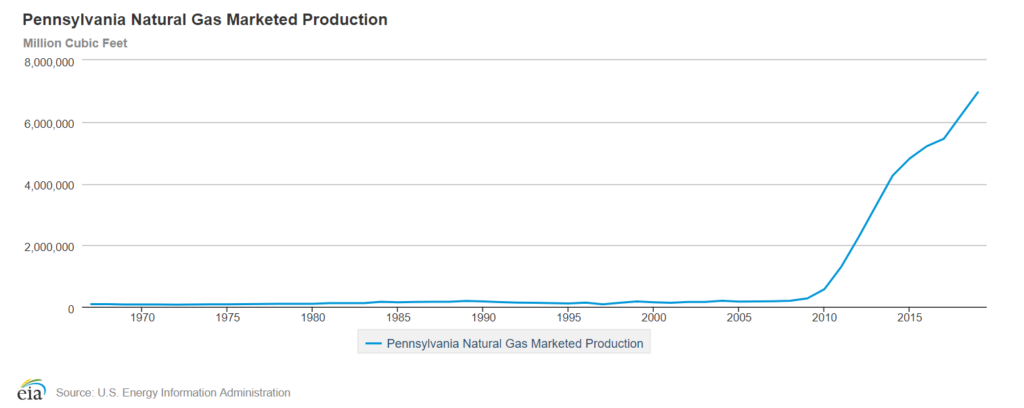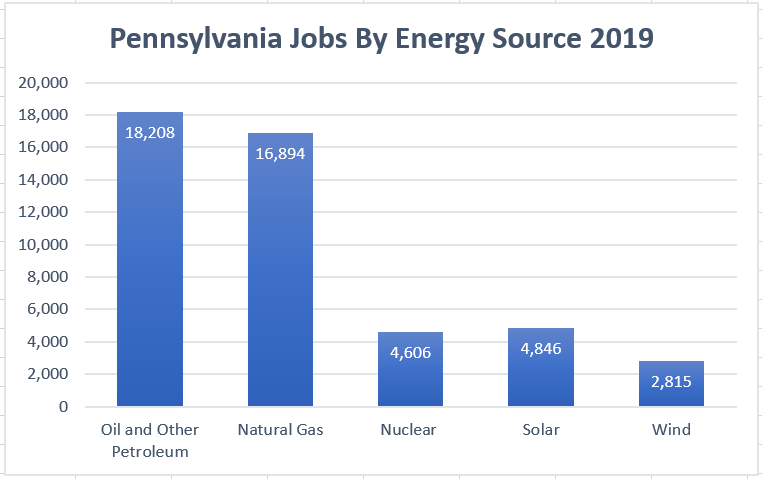What Would a Joe Biden Fracking Ban Look Like? Part Two: Devastating Economic Impacts
During the Democrat debate on Sunday, March 15, 2020, between Vermont Senator Bernie Sanders and former Vice-President Joe Biden, Vice-President Biden stated that he would allow “no new fracking,” and touted his role in spending $90 billion on the solar industry as part of the Obama administration’s stimulus package.
As I explained in Part One of this series, banning “new fracking” is essentially the same thing as banning all fracking. Such a bad policy would have devastating economic impacts for the entire country.
According to a 2016 study conducted by the U.S. Chamber of Commerce entitled “What if Hydraulic Fracturing Was Banned?” a fracking ban would cause 3.9 million jobs would be lost, overnight. The job losses would hit oil and gas producing areas of the country like Colorado, New Mexico, North Dakota, Ohio, Oklahoma, Pennsylvania, Texas, and West Virginia, the hardest.
3.9 Million Jobs Destroyed
Like mining jobs in Minnesota, the oil and gas sector is capital intensive and produces high wages for their employees. This means the 3.9 million jobs currently supported by fracking take the form of direct jobs in the extraction industry, indirect jobs in the supply chain, and induced jobs local hardware stores, restaurants, car dealerships, and bakeries. This means fracking ban would hurt Main Street businesses in each of the oil and gas producing states.
It’s also important to remember that these numbers don’t reflect the jobs that would be destroyed by higher energy costs, which we will discuss tomorrow.
Wind and Solar Pale in Comparison
According to the 2019 U.S. Energy Jobs Report, the natural gas industry directly employs 625,369 Americans and the oil industry directly employs 799,531, for a total of 1.4 million jobs. This total is more than three times greater than the 446,000 people who spend “a majority” or “less than half” of their time working in the solar and wind industry, according to the report.
The numbers would be even more unfavorable to wind and solar if the report did not include solar installers who work “a majority” or “less than half” of their time working in the solar industry as a full “solar employee.” The more appropriate way to measure the number of solar employees would be to measure full time employee equivalent jobs. This would give a more useful comparison between jobs sectors, but likely result in an even less favorable employment ratio for the wind and solar industries.
Despite the inflated numbers, wind and solar are simply no excuse for the jobs that would be lost in a fracking ban, as I will demonstrate by showing you data from Pennsylvania, below.
Pennsylvania By the Numbers
There are many states that would be negatively impacted by a fracking ban, but none of them are as electorally interesting as Pennsylvania. Pennsylvania is the second-largest natural gas producing state in the country, and this is all because of hydraulic fracturing. In fact, Pennsylvania produced virtually no natural gas before 2008, when hydraulic fracturing in the Marcellus Shale sparked a boom in the natural gas industry.

This boom in gas production has resulted in the creation of 35,102 direct jobs in the oil and gas extraction industry, as well as in the natural gas electricity generation sector. In contrast, wind provided only 2,800 jobs, and solar created 4,846, with the major caveat that those numbers do not reflect full-time jobs.

Conclusion
While the number of jobs that would be lost to a fracking ban in the oil and gas industry are large, the consequences for consumers would likely be worse. The Chamber study elaborates how a ban on fracking would result in large increases in the cost of gasoline, and the natural gas we use to heat our homes. This will be our topic of discussion tomorrow.